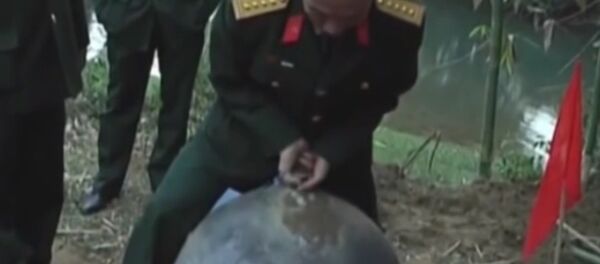Supernovae are extremely bright explosions of gigantic starts that happened far in the universe long time ago.
Now this new supernova, called ASAS-SN-15lh, discovered by the All Sky Automated Survey for SuperNovae team based out of Ohio State University, is more than 50 times brighter than the entire Milky Way. Not the chocolate bar you get in a vending machine for lunch, but the galaxy that contains our Solar System.
"We spotted a newly occurring explosion in a galaxy of an unknown distance," said Benjamin Shappee, one of the scientists who worked on the project as cited by Science.
Some astrologists say that these new, super-luminous explosions are powered by neutron stars with extremely strong magnetic fields, called magnetars.
Here comes the ironic part of the whole ordeal: super-luminous supernovae are pretty hard for astronomers to spot, Science said. This is due to the fact that supernovae tend to form in low-luminosity galaxies with a lot of star formation. In other words, supernovae can hardly be seen behind other stars.
The team of scientists at Ohio State University used a network of powerful 14-centimeter telescopes to find the ASAS-SN-15lh.


